Crops
-
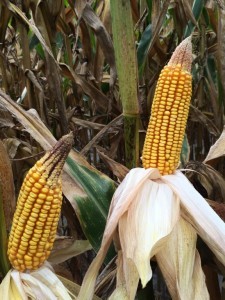
The long string of dry days combined with very high temperatures has put the corn crop in parts of the Southeast at risk. In many places there has been no rain since May 12, and while some crops like peanuts and cotton have less need of rain now, corn is at a critical stage which…
-
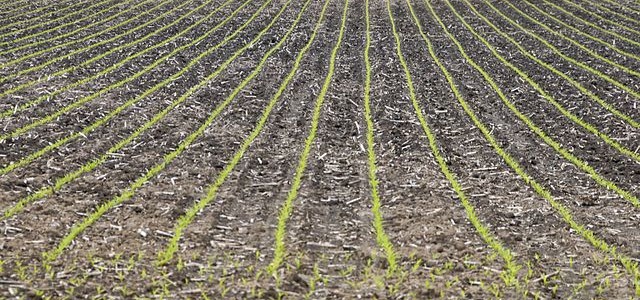
The heavy rain in the central US has caused huge problems for farmers in the Corn Belt, according to a story in Growing Georgia this week. According to the story, as of Sunday, only 49 percent of corn was planted, 31 percent behind the national average. This is the slowest start to the season in…
-
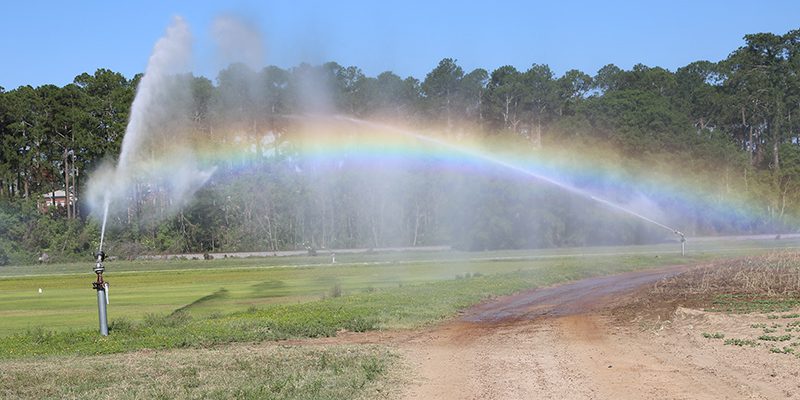
Clint Thompson of UGA has an article out this week discussing the impacts of the hot weather on cotton and other crops in Georgia. You can read it and find a link to my blog on the summer outlook at https://newswire.caes.uga.edu/story.html?storyid=7972.
-

While over time many farmers have reduced the use of windbreaks on farms to maximize the area under cultivation, they do provide some excellent benefits to crops as well as promoting refuge areas for wildlife and pollinators. They also reduce the amount of wind erosion, which can preserve fertile soil. You can read more about…
-
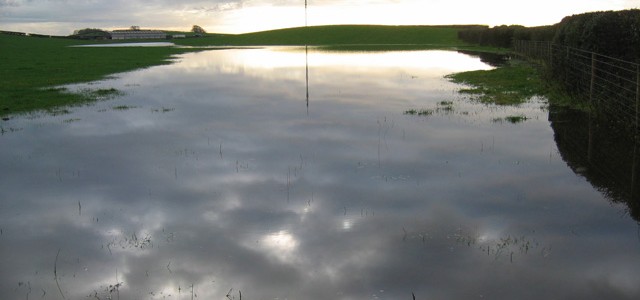
While we here in the Southeast have been very dry after a fairly wet winter, agricultural producers in the central US are being inundated by wave after wave of wet weather, and more (up to 9 inches in some places) is expected in the next week, which may prevent farmers there from even getting a…
-
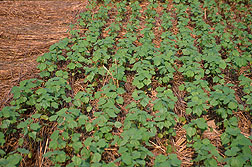
Brad Haire of the Southeast Farm Press posted a story this week on crop conditions in Georgia, Florida and Alabama going into the end of May based on reports from the Weekly Crop Bulletins from USDA Ag Statistics. While most crop planting is about ten percent ahead of normal, the torrid and dry conditions that…
-

While in the Southeast we have been experiencing warm temperatures and some rain although fairly dry the last month, farmers in other parts of the country are fighting a lot of rain and cold temperatures. How does that affect corn growth in those areas? AgWeb posted an article which describes some of the effects of…